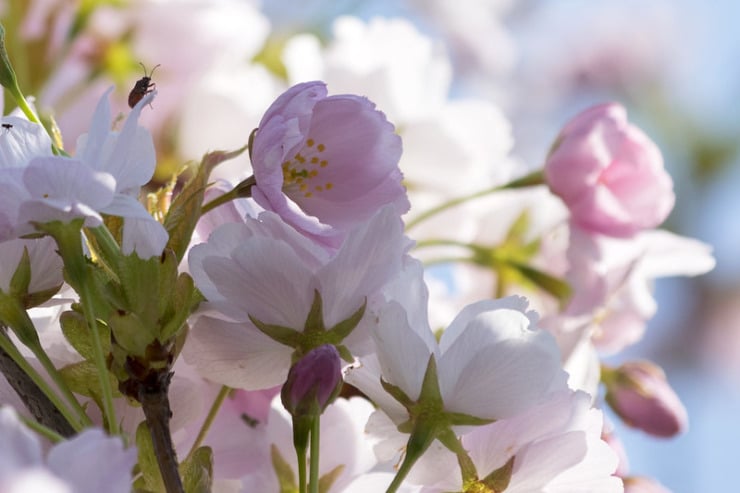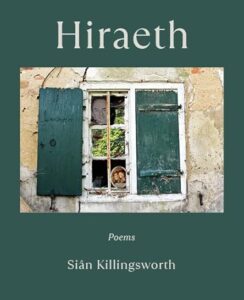
Siân Killingsworth knows you can’t go home again
I haven’t lived in New Orleans for more than 50 years, but when I think about the idea of “home,” it’s what first comes to mind. Whenever we visit, though, few things remain that I remember. My old neighborhood superficially looks the same, but the neighbors themselves, of course, have all changed, often many times over. The French Quarter is still there, but that coffee shop catacorner to the Presbytere on Jackson Square has replaced the Louisiana Library, where I did research on papers in high school. The building housing my father’s printing business on Gravier Street in the business district is now a condominium. How did that happen?
No, you can’t go home again. Or perhaps you can, but it’s no longer the home you remember.
“Hiraeth” is a Welsh word that translates directly into English as “longing.” As poet Siân Killingsworth quotes in her chapbook entitled Hiraeth: Poems, it implies “a spiritual longing for a home that perhaps never was.” It’s the home that occupies our minds and hearts, the home we remember. The quotation comes from an art/video exhibition in 2022 by UK artist Jayne Lee.
Killingsworth includes 21 poems in the collection, appropriately beginning with “What Stays,” a poem about home and what does remain. Memories become like snapshots, recalled not like a movie but more like still photographs — a drunken guest at dinner, listening to Chopin played on the piano, a mother passing by a child’s bedroom at night.
The title poem is a prose work about a letter from Wales, reporting the death of a great-aunt. The news becomes a memory within a memory, the story of Killingsworth’s mother growing up as a young girl, intertwining with her own memories. The poems move to the stories of her mother’s illness and eventual death. Memory almost always includes a sense of loss; what you knew and know, and what you understand, is often gone or very different. And that can give way to grief.
How to Grieve

capillaries starve for blood. Wound
edges turn gray and don’t heal. The body
becomes like plastic.
When you’ve lost enough beloveds,
your wounds turn rubbery.
You can poke and explore
a little without more pain.
But they never close over.
I made these memories
from my own skin. Peeling
softly as after sunburn, pages of me
printed with loss. I want to be spare
and unwritten, free of ache.
To move through the world blank and unblemished.

Siân Killingsworth
Killingsworth’s poems have been published in numerous literary journals and anthologies, including the Oakland Review, Roi Fainéant Press, Stonecoast Review, Glass: A Journal of Poetry, and Nostos. From 2020 to 2022, she served as the anthology editor for the Marin Poetry Center and hosted Second Sunday Readings, a virtual online poetry series, from 2020 through 2023. She works as a content strategist, creator, and editor. She received an MFA degree in poetry from The New School.
As Hiraeth suggests, memory can be a tricky thing. Few things remain the same, and our minds and hearts will often remember people, events, and places, in ways that differ significantly from the current reality. But that difference, that longing for what we think once was, is important for what it says about ourselves and what has shaped us to be the people we are.
Photo by Paul van de Velde, Creative Commons, via Flickr. Post by Glynn Young.
How to Read a Poem uses images like the mouse, the hive, the switch (from the Billy Collins poem)—to guide readers into new ways of understanding poems. Anthology included.
“I require all our incoming poetry students—in the MFA I direct—to buy and read this book.”
—Jeanetta Calhoun Mish
- Poet Sidney Lanier and the Lost Cause - October 2, 2025
- Poets and Poems: A.J. Thibault and “We Lack a Word” - September 30, 2025
- Poets and Poems: Catherine Strisik and “Goat, Goddess, Moon” - September 25, 2025

Leave a Reply